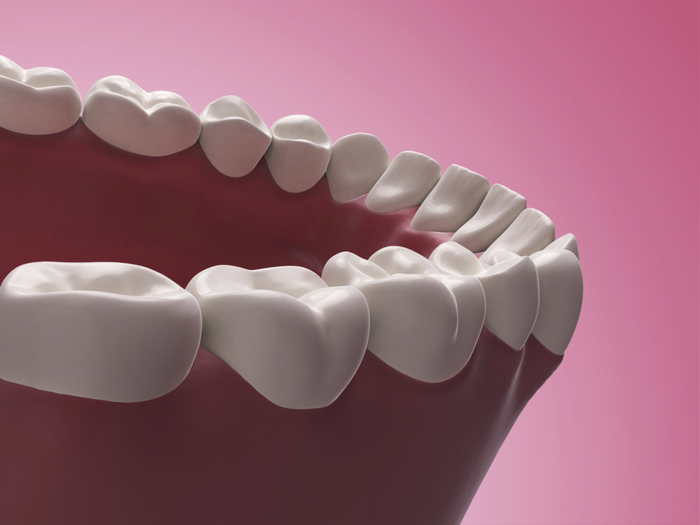Gum disease is serious, and it’s something that you’ll want to have treated right away. If left untreated, gum disease can lead to chipped, cracked or lost teeth, and it can even lead to heart disease or diabetes.
Gum disease is easy to recognize. Symptoms of gum disease include redness, inflammation, loose teeth, reduced gum line, bleeding while brushing or flossing, or constant bad breath. If you have any of these symptoms, you’ll want to see your dentist right away so that you can be treated.
There are different types of gum disease, but it’s still important that your dentist see you so that he or she can help to alleviate the situation or to provide you with the next steps in order to treat your gum disease. No matter the severity of your gum disease, it’s best to get it treated right away before it becomes worse.
Gum disease is typically separated into two different types: gingivitis and periodontitis.
Gingivitis
Gingivitis is the least serious of gum diseases. If you have gingivitis, you will likely notice that your gums are sore, swollen and often bleed when you brush or floss. Gingivitis occurs when you have bad oral hygiene or don’t remove all the plaque that is on your teeth.
If you are pregnant, going through puberty, smoke, or are under a lot of stress, your risk of gingivitis greatly increases. If you notice any of the symptoms of gingivitis, be sure to meet with your dentist. He or she can usually reverse the gingivitis with a thorough deep cleaning in his or her office. Plus, you can also reverse gingivitis by practicing better oral hygiene at home, such as by flossing, brushing and even using mouthwash more regularly.
Periodontitis
If you don’t treat gingivitis right away, it can lead toperiodontitis. With periodontitis, plaque starts to form well below the gum line, and it starts to attack your gums and the roots of your teeth. When this occurs, your gums will start to separate from your teeth, giving plaque an easier entrance to the root of your teeth. The plaque will start to build up and attack the roots of your teeth, causing your teeth to become loose or even fall out.
If you have periodontitis, you will need to see a periodontist. This individual specializes in gum disease and treating gum disease, and they will be able to help you treat your periodontitis. Sometimes, the treatment of periodontitis can be done directly in the periodontist’s office with a deep cleaning. Other times, depending on the severity of your case, you may require surgery. There are different types of oral surgeries used to treat different types of gum disease, so if this is the route your periodontist will take, be sure to talk with him or her about your options as well as what to expect during the procedure.
Gum disease can occur at any age. Although gingivitis and periodontitis are more common in people over 30, it’s still something that can occur to younger children. Not only should you practice better oral healthcare and hygiene at home, but you should also ensure that your family members are taking proper care of their teeth as well.
Article Submitted by Community Writer.





